Indoor garden ideas – 9 ways to turn your home into a plant-filled haven
These stunning indoor garden ideas will help you fill your space with houseplants, trees and vegetables
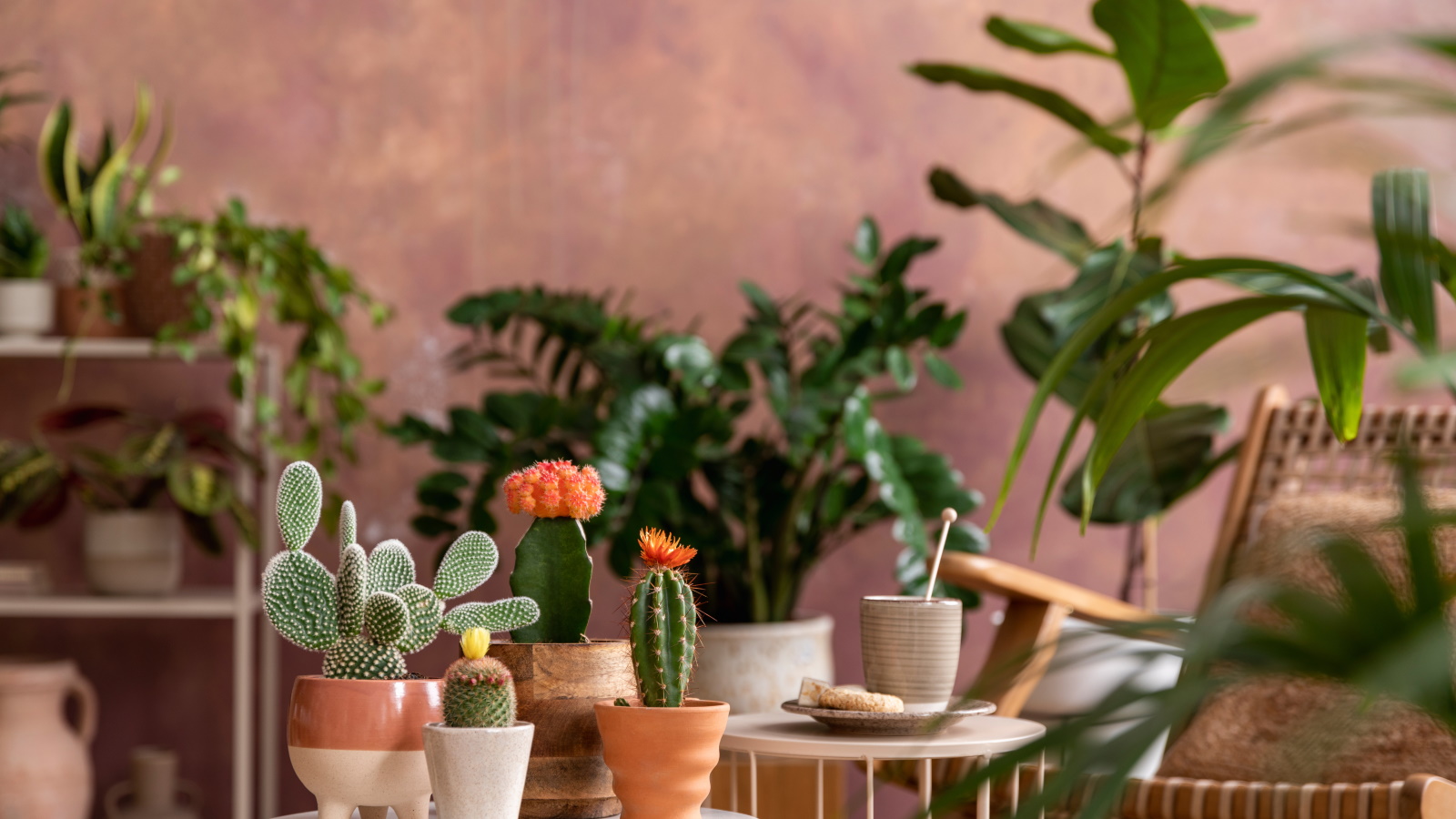

Rachel Bull
Looking for indoor garden ideas to introduce more greenery into your space? There's nothing like an abundance of leafy green foliage to add life to your interiors.
Although many of us are lucky enough to have an outdoor space to call our own, some of us city folk are restricted to indoor or small balcony garden ideas. Whatever your living situation, there is nothing to stop you creating a plant-filled sanctuary indoors - there's always a reason to welcome more of the best indoor plants into your world.
No matter what your environment, plants and plant holders can be styled to suit the aesthetic of your space, and there are lots of indoor growing systems you can try. So, why not fill your shelves with succulents, string foliage from your ceilings, line your windows with herbs, or grow a tree indoors? We will show you how.
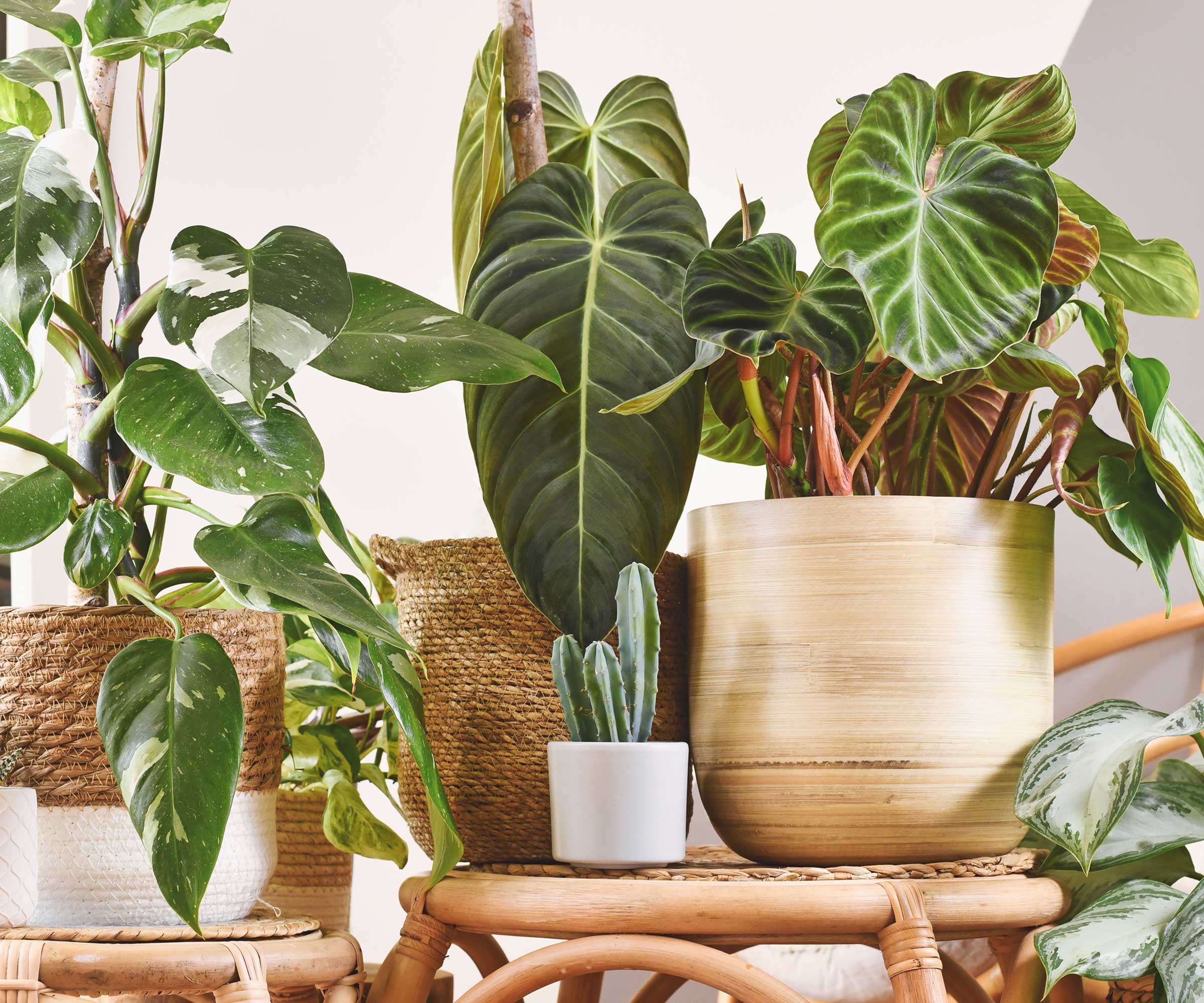
How to start an indoor garden for beginners
It's always a good idea to start small. Indoor gardening and keeping houseplants can feel daunting, so perhaps just picking one or two easy indoor plants, which are great for beginners, would be an ideal place to start.
Houseplant expert Vladan Nikolic advises to choose plants that match your lifestyle. 'If you travel often, select plants that are more tolerant of occasional neglect and don’t require frequent watering,' he says.
He also says one of the first things you should do is evaluate the lighting conditions in your home. 'Light is the most important factor for houseplant growth,' says Vladan. 'Light is plant food. Determine whether your apartment has bright light, medium light, or low light, and buy your first plants based on that.'
Pilea peperomioides, or Chinese money plant, is a good houseplant to start with. Other low maintenance indoor plants include snake plant (Sansevieria), pothos (Epipremnum aureum), spider plant (Chlorophytum Comosum) and ZZ plant (Zamioculcas Zamiifolia), such as this one available at Perfect Plants. Over time your confidence will grow and you can add more plants to your collection.
You can look for ones that have a similar nature, such as a Monstera deliciosa and put it on a similar watering schedule. Little by little you can learn which kinds of plants will thrive in your indoor space, based on the availability of natural light, the temperature and how much space you want to fill.
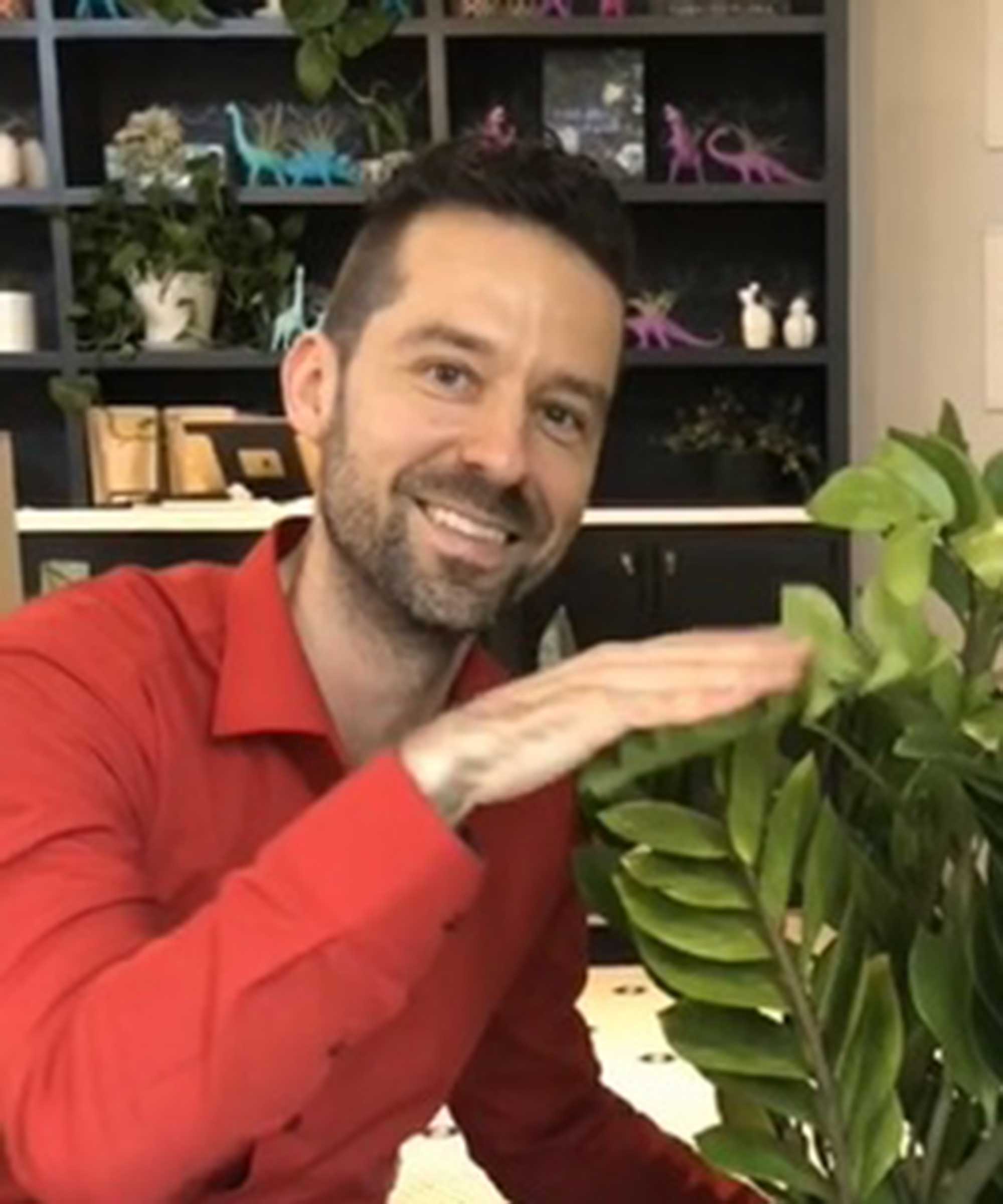
Vladan Nikolic, otherwise known as Mr. Houseplant, is a houseplant expert with over 10 years of experience. He is the founder of the houseplant care blog MrHouseplant.com and also an influencer who helps newcomers in the houseplant world become great plant parents. You can find him on Instagram, TikTok, Youtube, Facebook, Twitter and Pinterest.
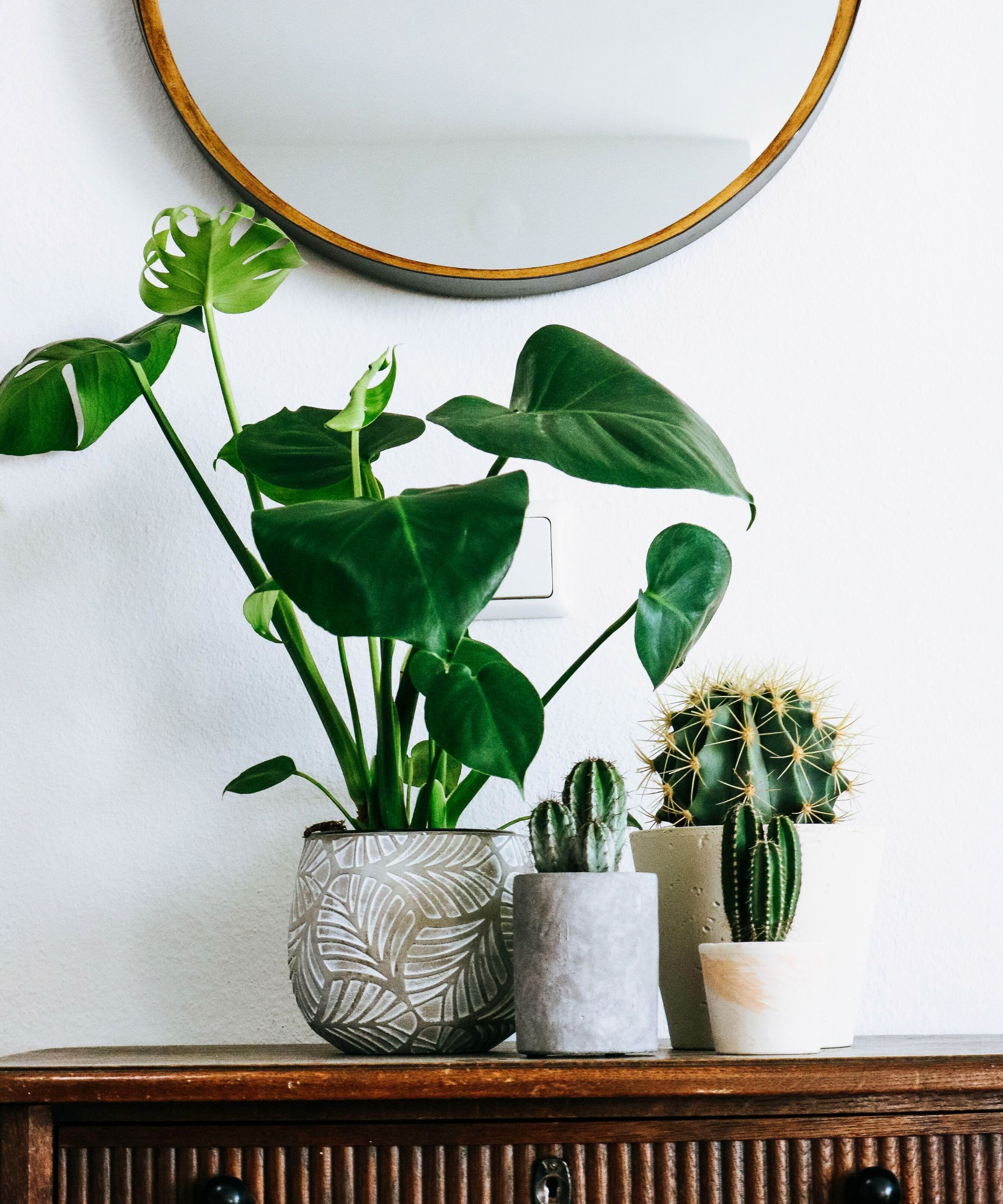
9 indoor garden ideas for apartments and urban living
Who says gardeners always need to outdoor space to grow? We are confident these ideas will inspire you to create an indoor haven of plants no matter where you live.
1. Create a living shelf in your bathroom
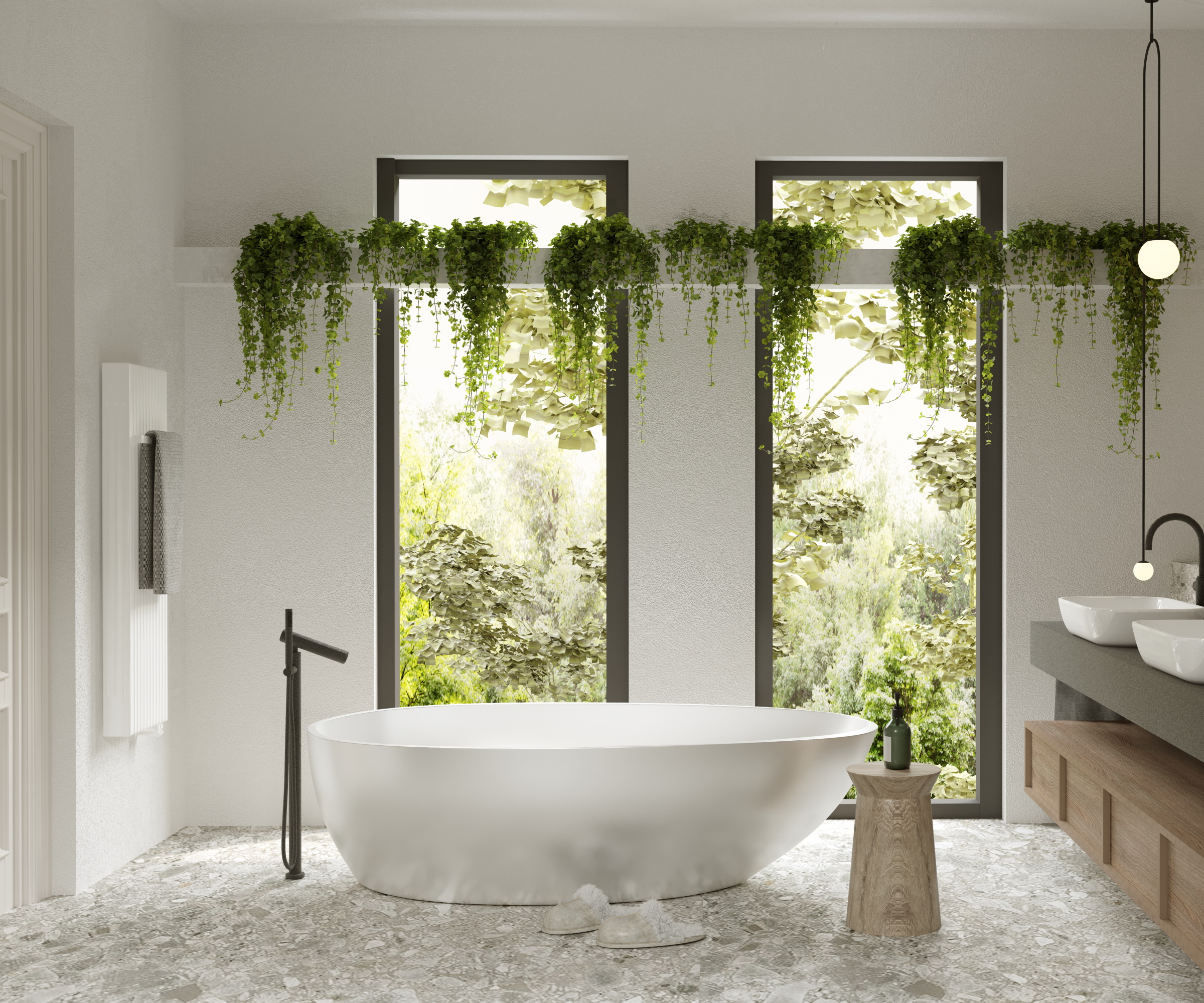
What could be more relaxing than lying back in a mountain of bubbles, with a fresh green view to admire?
Houseplants such as ferns are among the best bathroom plants as they love humidity, and their long, feathery leaves will cascade off a shelf adding soft, frothy textures to a tiled wall.
Trailing plants, such as string of pearls, string of hearts and golden pothos, available to buy at Perfect Plants, would be perfect to recreate this look. Get lots of them to max out the greenery.
2. Fill your kitchen with herbs
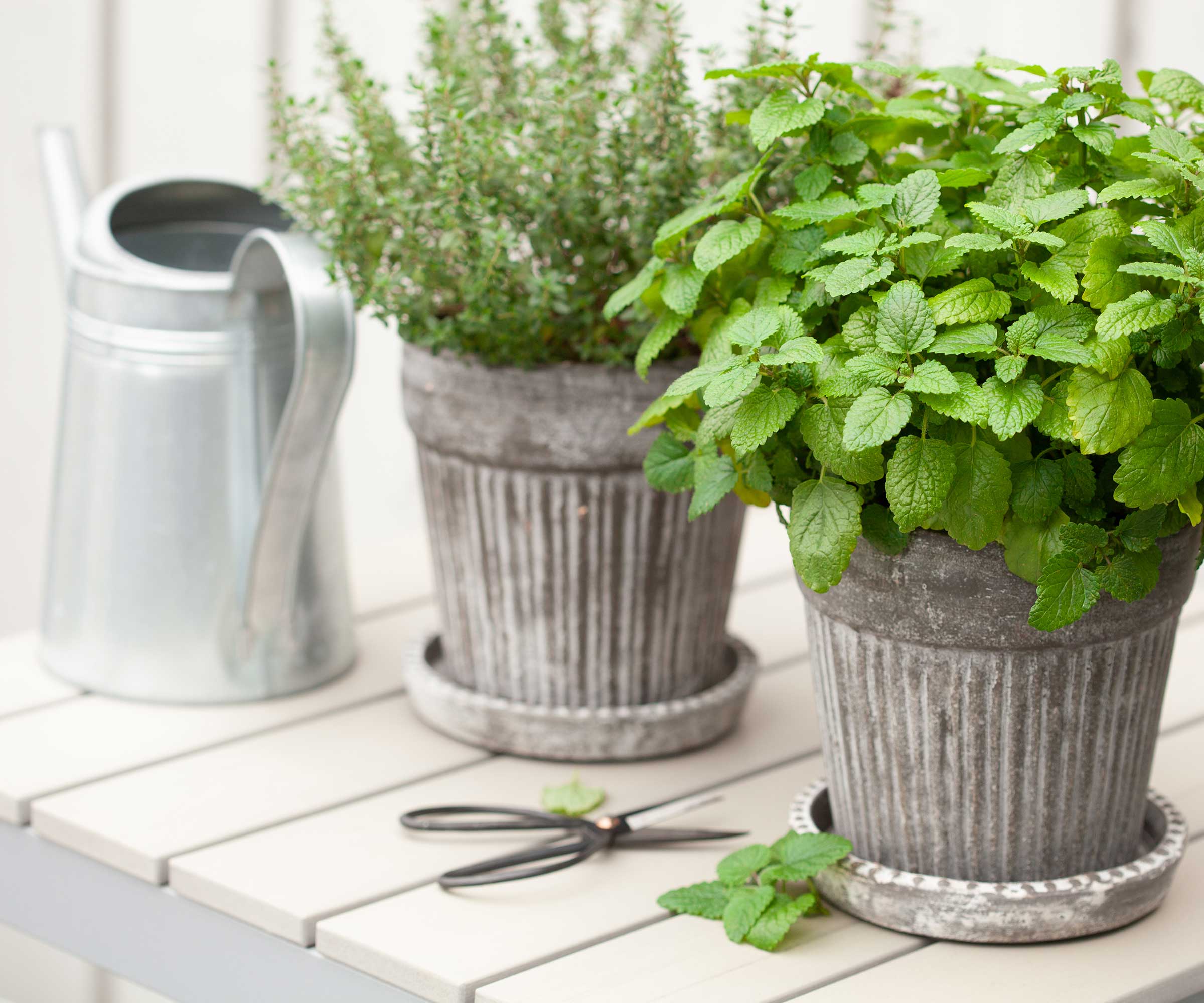
Herbs are wonderfully fragrant additions to any dish - and just imagine a smattering of chopped chives across new potatoes, a crushed mint leaf in a mojito, the heady scent of basil as you blitz it into pesto - and all these leaves within arms reach in your kitchen.
Don't just save them for the garden though. Knowing how to grow herbs indoors will mean you have an array of culinary additions at your fingertips, plus they'll look beautiful in a mix of multi-coloured pots in your kitchen.
There are certain mistakes to avoid when growing herbs indoors, but with the right amount of light and water you should have thriving pots that last for months. You could even get started by using store-bought herbs.
3. Add a tropical vibe to your living space
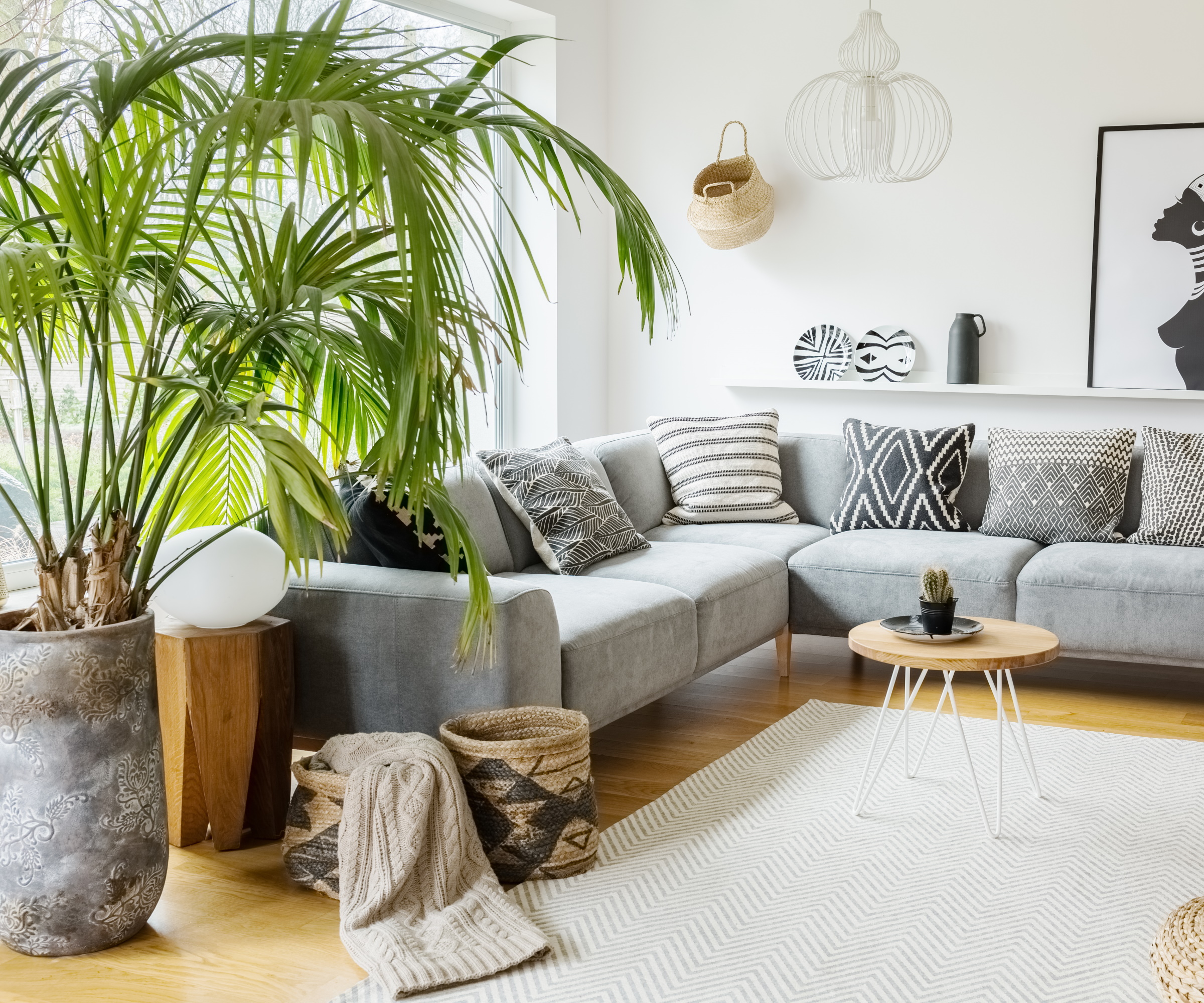
A giant potted palm such as this, in a tarnished zinc container, can transform a room. Their enormous fan-shaped leaves create incredible textural interest, and provide interesting shade patterns when the sun shines through them.
Monstera, otherwise known as the Swiss cheese plant, can also bring a jungle vibe to an indoor space owing to its sheer size and vast waxy leaves, as can flowering anthuriums, and smaller orchids.
Vladan Nikolic says a bird of paradise (Strelitzia reginae) would be an exceptional choice for making a statement in a room. 'Its large, banana-like leaves and tall, structural growth add a touch of elegance to any space. The plant's exotic appearance can instantly transform a room, creating a tropical ambiance and becoming a striking focal point,' he says.
Whatever your favorite tropical plant, simply choose a large container to suit your interiors aesthetic, this could be a stylish woven wicker basket, such as this design available from Walmart, a weathered terracotta pot or a reclaimed iron planter in sleek black.
4. Create a living wall
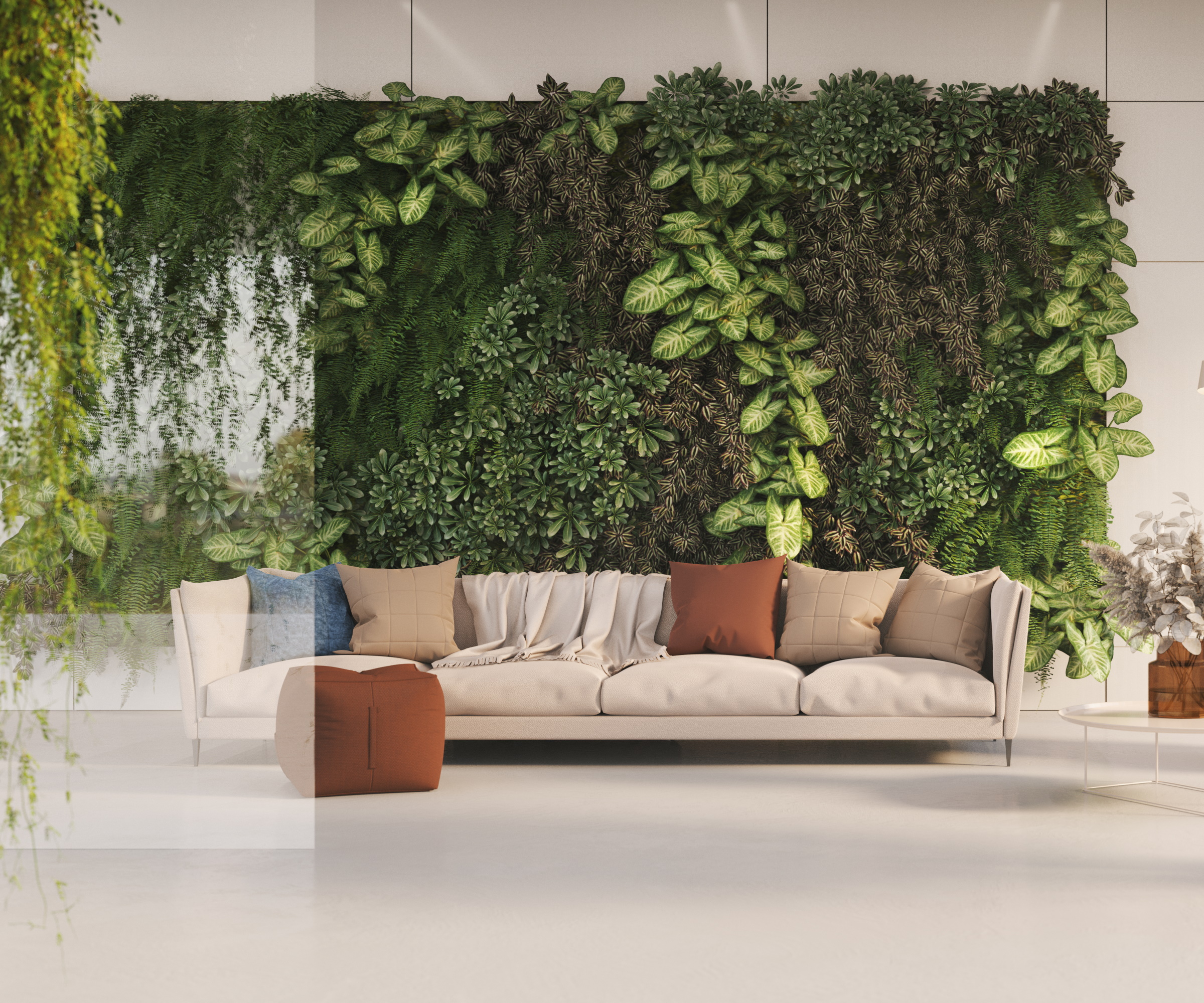
If space is tight, or your walls are looking bare, then why not plant vertically?
Even on a much smaller scale, a living wall will always have the wow factor. You can buy ready-made vertical planter systems such as this one available from Amazon. Plants such as ferns, peace lilies and philodendrons work well in these systems. Simply have fun building a living canvas with a variety of textures and shapes.
You could even paint the supporting wall a bold green and match with sumptuous textiles for a statement look.
5. Cram in the plants for a maximalist effect
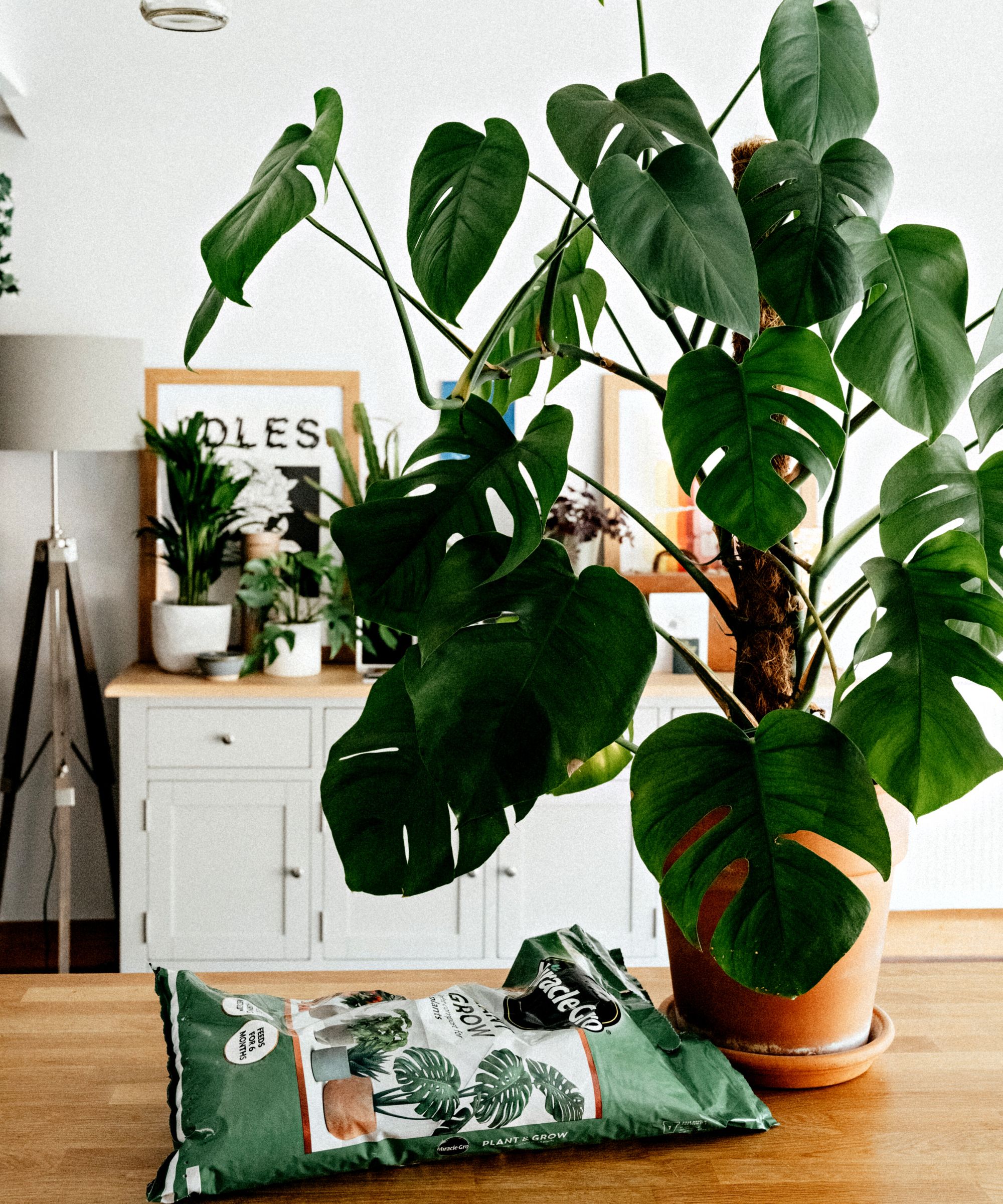
If you've got the space – maybe a spare dresser, table, or desk, then why not go all out and load on the plants en masse. Choose plants of different heights and shapes, to create visual interest.
You could also include hanging pots as part of the display, or have air plants trailing down from a variety of plant holders. The result is a breathtaking indoor garden for everyone to admire.
Top care tip: Learn to create your own potting mixes for your plants. 'Most store-bought potting mixes retain too much water, eventually leading to root rot,' says Vladan Nikolic. 'Instead, take a store-bought potting compost and mix in the following way: 2 parts potting mix, 1 part perlite. This will create an airy potting mix, with plenty of oxygen for roots to develop and reduce the chances of root rot.'
6. Start a vegetable patch indoors
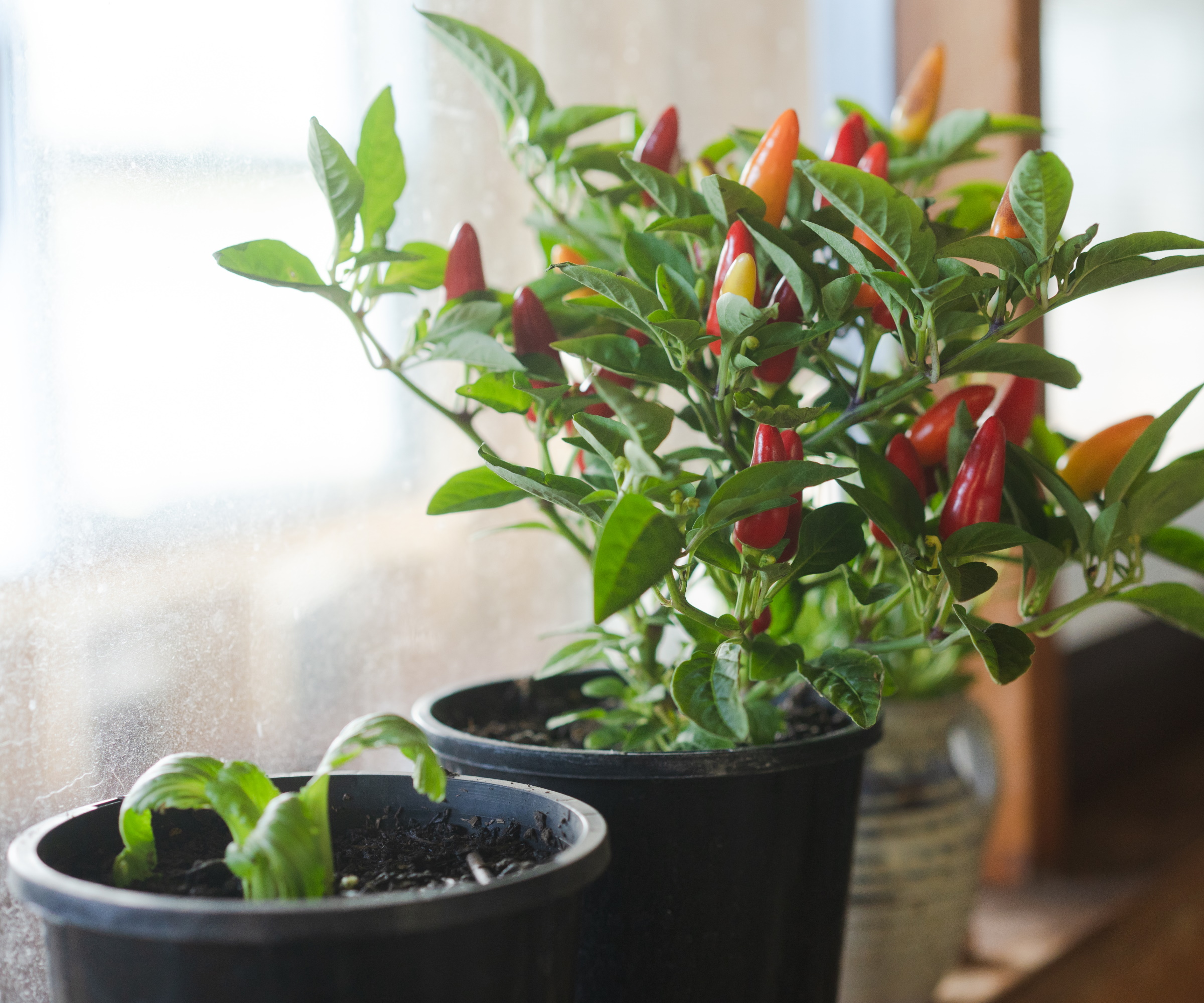
You don't have to have an outdoor raised bed to grow certain types of veggies. Micro greens, chillies, tomatoes, and even brassicas can all be successfully grown inside.
These tips will help you to get started:
- Place a heat pad beneath your seed trays to get them off to a good start, it will emulate the warmth of outdoor soil in spring. They are especially great for veg that like hot climates, such as chillies and tomatoes. Seed starter kits complete with a tray and a heat mat are available from Amazon.
- Through winter, light is especially important to keep veg growing happily. Invest in LED grow lights if your home is a little on the darker side.
- If you feel daunted, start small. Grow-your-own alfalfa sprouts kits are readily available on Amazon and are simple to cultivate.
7. Bring a burst of spring color with indoor bulbs
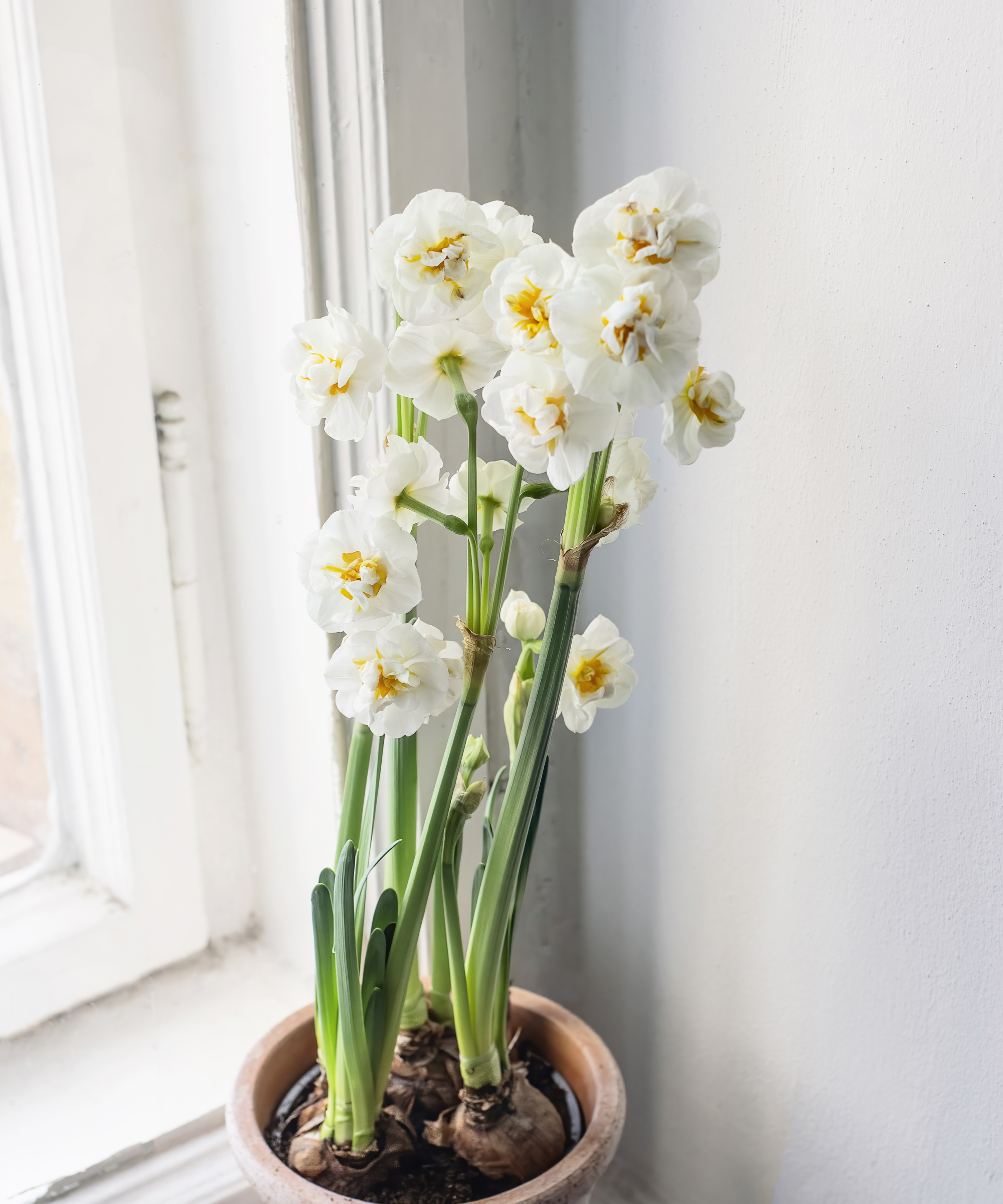
Knowing how to force bulbs indoors, will mean you can create a seasonal garden in time for the holidays.
Plant in a large pot or clear glass vase to make a striking centrepiece to your kitchen table. As well as the lovely paperwhite narcissus with its incredible fragrance, you can also try grape hyacinth, amaryllis, snake's head fritillary, even tulips.
8. Grow a tree indoors
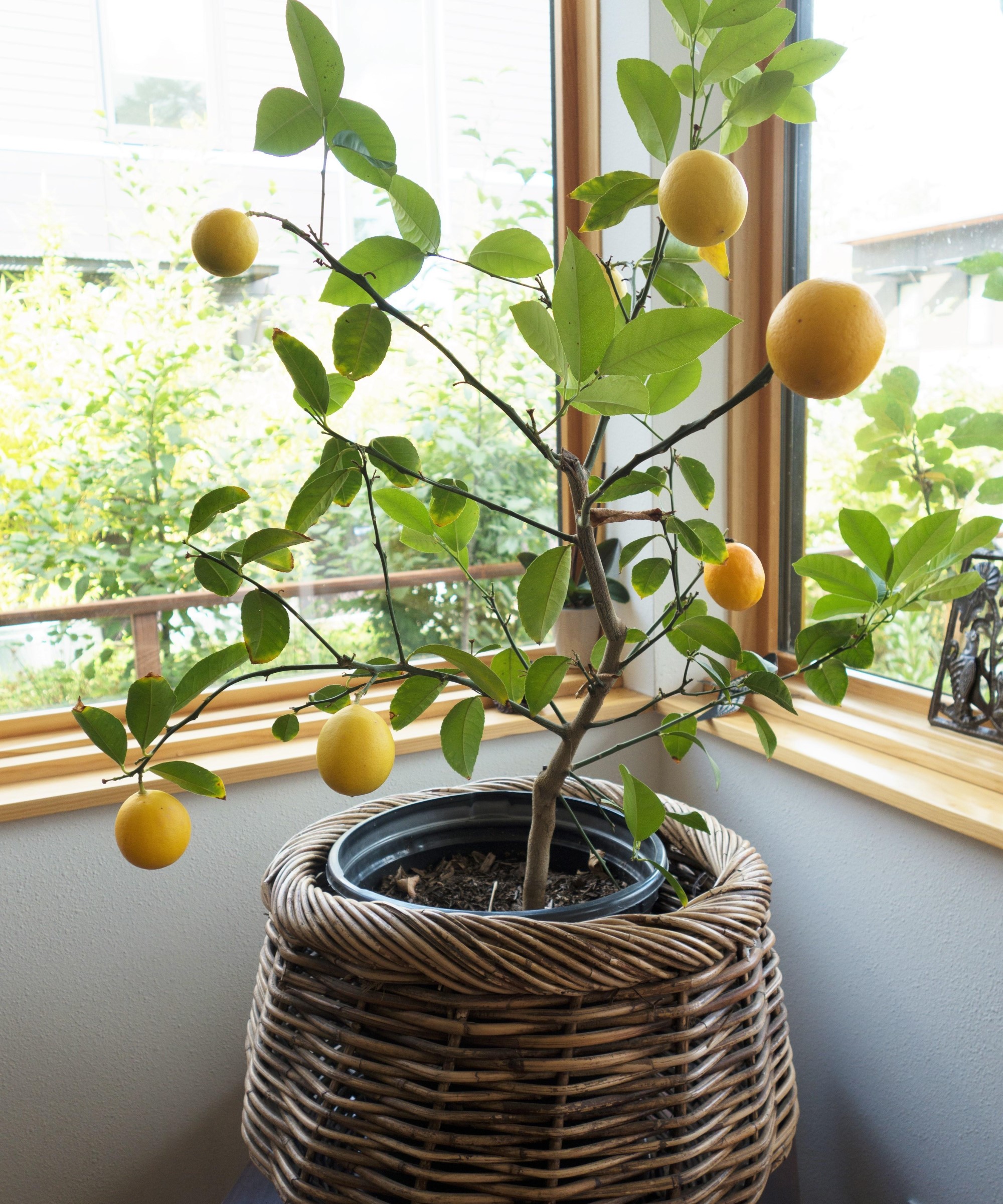
There are indoor trees suitable for even small spaces, as long as they have good access to natural light. And the results can be spectacular.
Try citrus trees such as the calamondin orange tree. Its fruits are tiny and bitter but add a stunning pop of orange, and what's more, they have a wonderfully-scented white blossom.
The rubber tree (Ficus elastica) has large, dark green leaves and can grow quite tall. 'It's a great choice for adding a touch of elegance to your indoor space,' says Vladan.
'Schefflera arboricola, also known as the umbrella tree, is another popular indoor tree with attractive leaves. It's relatively easy to care for and can also thrive in a variety of light conditions.'
The fiddle leaf fig, with its large, lush leaves adds a touch of sophistication to a room. 'It is not an easy plant for beginners though, so hold on until you get some experience before getting one,' adds Vladan.
If you don't have the room for a full-size tree, why not consider a bonsai? These miniature trees in pots will add a magical, forest-like feel to any room.
9. Plant a terrarium
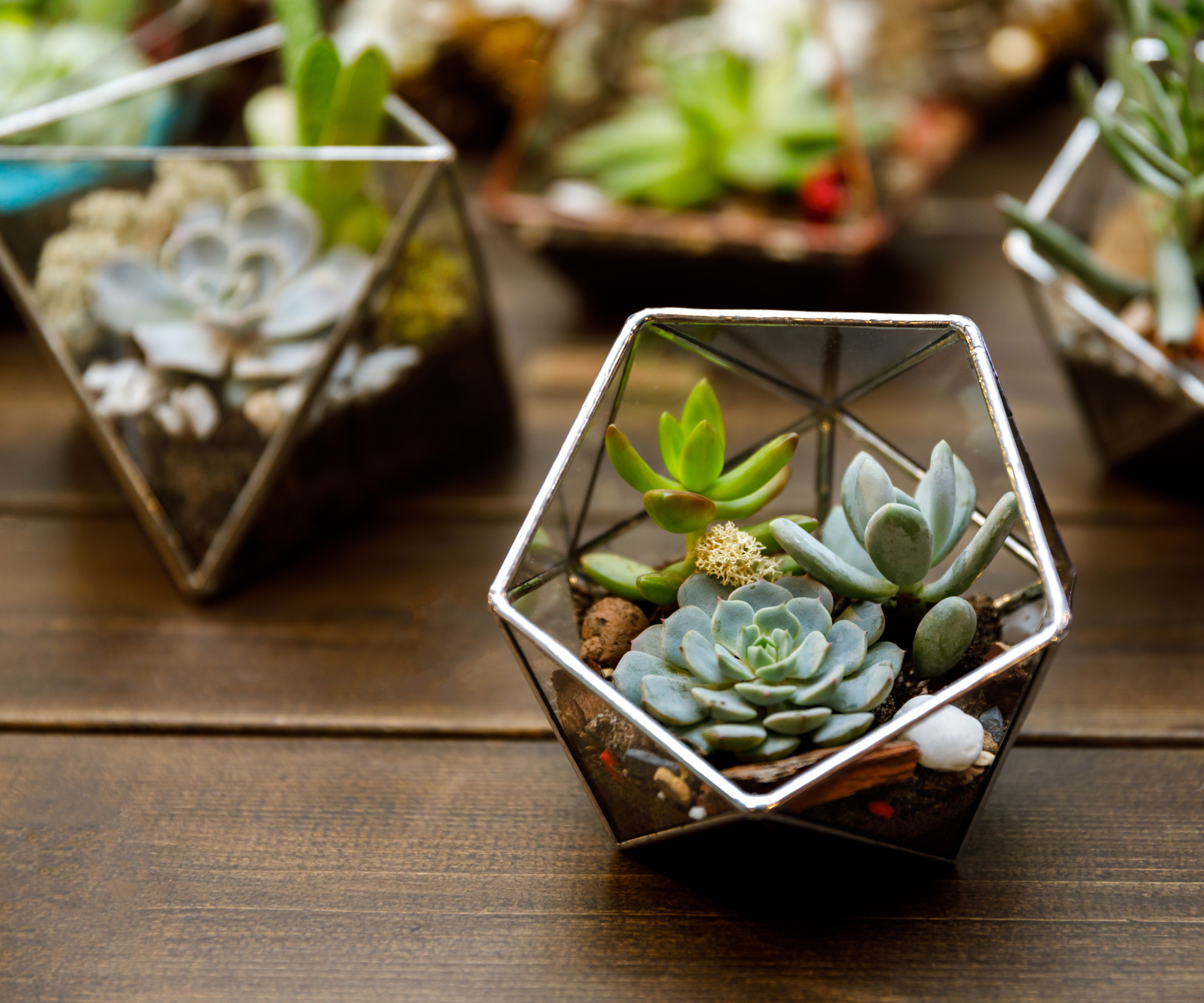
Terrariums are massively on trend, and provide an alternative way to display and care for an indoor garden.
You can plant them with a variety of succulents, cacti, ferns and colorful plants such as fittonias. Terrariums are a wonderful option if you're looking for a low maintenance option, as once you've created one, they require very little after care. They essentially look after themselves.
There are, however, a few common terrarium mistakes to avoid in order to keep yours healthy and thriving for as long as possible. Be aware of the light requirements for your chosen plants, and do some research into watering before you create one.
FAQs
Where should I put a herb garden indoors?
Herbs, as a general rule, like as much sun as possible, so give them lots of light and don't let them get too cold. Try a sunny windowsill, for example. Chillies are the same.
Mint is less fussy, so a great one to start with. There are lots of fun varieties to experiment with, including chocolate mint and apple mint. You can easily propagate it from cuttings, too.
A good way to check when to water them is to touch the soil – once it doesn't stick to your finger, give them a drink.
Remember that every home is unique, and you may need to adjust your care routine based on the specific environment in your home, namely the light, temperature, and humidity levels.
Sign up to the Homes & Gardens newsletter
Design expertise in your inbox – from inspiring decorating ideas and beautiful celebrity homes to practical gardening advice and shopping round-ups.

Holly started writing about gardening five years ago, and she is a regular contributor to Homes & Gardens. She has also written many gardening features for Woman & Home and Real Homes, too. She has previous experience as a professional gardener, where she helped to plant and maintain private gardens. Holly has also looked after allotment plots over the years and loves to grow her own flowers and veggies from seed. In her spare time, she enjoys visiting local gardens, botanical drawing, and tending to her ever-growing collection of houseplants.
- Rachel BullHead of Gardens
-
 5 surprising but brilliant ways to clean with old socks – from perfectly buffing stainless steel to deterring pests naturally and more
5 surprising but brilliant ways to clean with old socks – from perfectly buffing stainless steel to deterring pests naturally and moreTackle dust in tricky corners, clean your mirrors and even banish bad odors with those rogue single socks
By Andy van Terheyden Published
-
 How to grow astilbe – expert advice on cultivating this shade-tolerant flowering perennial
How to grow astilbe – expert advice on cultivating this shade-tolerant flowering perennialShade-tolerant and pest-resistant - astilbe are hardy and tough perennials that can thrive in many settings
By Ellen Wells Published